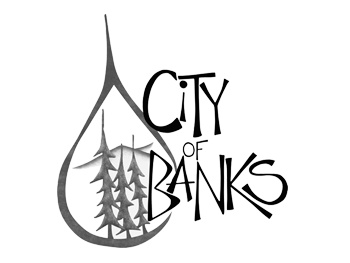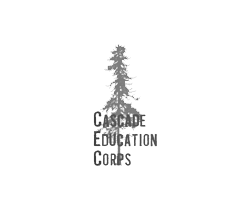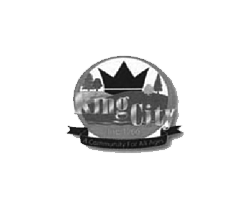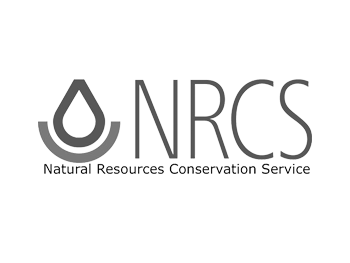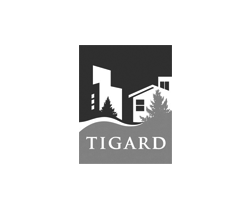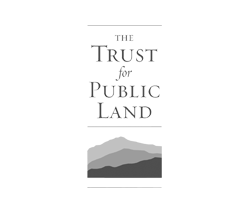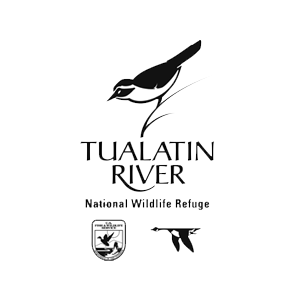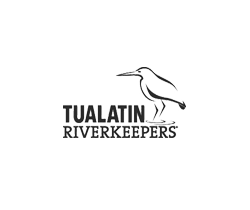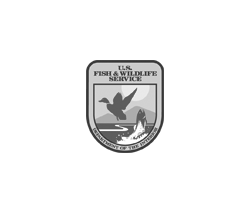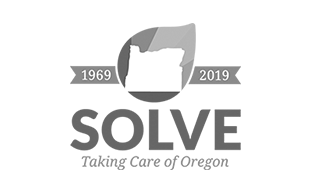Restoration through Key Partnerships
Bringing Mother Nature back to urban neighborhoods is no small task. Thanks to partners with a common vision, major transformation has come to Bronson Creek just north of Highway 26. From the 1970s through the early 2000s, the neighborhood surrounding Bronson Creek welcomed thousands of new residents. During those decades of development, a wide creek corridor was preserved. That corridor has helped protect the adjacent neighborhood during flood events, including the historic 1996 floods. More recently, with improved water quality and habitat for wildlife, Bronson Creek has become an example of an urban wildlife refuge that also benefits its community.
The Site
First planting: 2013
Size: 36 acres
Stream length: 4,664 feet
Total to date: 166,764 plants
Plant communities: Riparian Forest, Scrub Shrub, Emergent Wetland, Forested Wetland
The Challenge
Not so long ago, polluted water flowed directly into Bronson Creek from adjacent neighborhoods. Its banks were damaged by accelerated erosion, and fish and wildlife habitat had become severely degraded. Development standards provided the creek some breathing room from rapid development, but Bronson Creek Greenway was in desperate need of attention, isolated from the public and overrun by invasive species.
Simultaneously, the surrounding community had started to think about how its own needs might align with the needs of nature. Tualatin Hills Park & Recreation District (THPRD) acquired almost 40 acres of natural areas along the Bronson Creek floodplain. Recognizing an opportunity to create a community asset while boosting the benefits that nature provides, Clean Water Services partnered with THPRD to restore wildlife habitat, curtail stormwater pollution and improve water quality.
The Transformation
Today we’re witnessing a historic transformation. Working together, THPRD and Clean Water Services are nurturing the site back to health. Integrated water management brought multiple disciplines together to amplify the benefits beyond what individual efforts could accomplish alone, and dedicated community stewardship has bestowed on local residents and wildlife alike a healthy creek and greenway.
Invasive vegetation has been removed. It’s being replaced by native trees, shrubs, sedges, rushes, grasses and wildflowers. New water quality facilities filter and purify runoff from streets, delivering clean water to native fish, turtles and ducks. Large habitat logs have been installed, mimicking natural processes that spread and slow stream flow while providing support for beaver dams and roosts for waterbirds. Red-legged frogs, wood ducks, belted kingfisher, great blue herons, and other native wildlife now have a home to raise their young. And beavers are thriving, helping control erosion and enhancing wetland habitats.
Additionally, the beautiful new boardwalk, part of THPRD’s four-mile Waterhouse Trail, greatly improves neighborhood walkability. Attracting residents and visitors alike, the elevated structure invites people into the heart of this natural scenic area and provides remarkable experiences right outside their door: vibrant flowers of twinberry and red flowering currant, turtle and beaver sightings, plentiful songbirds, herons, and even eagles.
What’s more, the Bronson Creek Greenway enhances connectivity between ongoing projects upstream and downstream. It provides a stepping stone of habitat for fish, birds and other wildlife to find refuge in an urban environment. The addition and retrofit of stormwater treatment facilities within the same reach purifies the runoff from streets and neighborhoods. Adding this integrated project to the list of existing restoration sites throughout the Bronson Creek watershed leverages efforts already underway and significantly increases the ecological value of all public investments made in the area.
80 native plant species
Plant cover change*
Native shrub/tree: +21%
Native herbaceous: +53%
Invasive: -45%
* Figures measure increase/decrease since monitoring began in 2012. Shrub/tree and herbaceous cover are measured only in plant communities appropriate to those species.








